How to: 6-3-5 Brainwriting
In every #PoDojo workshop, on day 2 we create a product. In our class we begin with an introduction to Design Thinking, specifically empathizing with the customer. One of the things we have discovered about product creation is that without initiating play, we have no innovation, and conversely given permission to play, we see all sorts of tools being used in various ways towards creating products to delight users.
In this post I’ll share a tool called 6-3-5 Brainwriting which is used to rapidly generate tons of ideas during Design Thinking Ideation.
What
The idea behind 6-3-5 Brainwriting is to have 6 participants write down 3 ideas on a worksheet in a 5 minute timebox, hence the name. After each participant takes a turn jotting down the 3 ideas, they pass the on to either contribute to the existing idea, or start anew. After 6 rounds, 108 ideas are generated in 30 minutes. The steps following involve deleting duplications, clustering, and identifying the top chosen solution of the group (example, perhaps by dot-voting.).
Why
The compelling “why” for using such a technique is the belief that the success of an idea generation process is determined by the degree of contribution and integration to one another’s suggestions (building on the idea of others), thereby overcoming any possible creativity barriers team members might face. Brainwriting gives everyone a chance to focus quietly, which for introverts provides a space for less stress than typical brainstorming sessions.
How
Having everyone share a deep background of the topic at hand is important so that not one single expert can overtly influence the quality of the output.
Make sure the worksheets are prepared in advance. Once you’ve selected a topic down to a problem statement, write this at the top of your worksheet. This is the worksheet consisting of a grid where the heading of the columns are Idea 1, Idea 2 and Idea 3 with rows (# of rows per person - if there are 6 people, there are 6 rows, if there are 5 people, there are 5 rows) identifying who has contributed to the suggestion. For the worksheet, you may also create a grid with square sticky notes put on a 3 x 6 grid worksheet. It is easier to cluster the ideas afterwards using sticky notes, but it requires more preparation in advance.
The 5 minute timebox can start at this point. Each participant completes the first row and writes down the first ideas working in silence. This can be a drawing, a note, etc- however the team member prefers.
When the 5 minutes ends, the worksheet is passed to the person on the right. The 5 minute time box starts anew, and the next participant can either become inspired by the idea on the sheet, contribute to them by integrating or completing the idea, or may decide to ignore them and start anew.
The process goes on until all 6 rounds of the worksheet are filled in (e.g. all 6 people have contributed.)
The conclusion is a mass of ideas where then duplications must be removed, and evaluation and consensus voting on final results then happens.
And wrapping up what happened in class: After the team removed duplications, the worksheets were handed back to the participants. For the analysis, the team members examined their sheets and identified the top 3 ideas by putting a “+” sign by each one, then they passed the sheet to the person on the right, who then repeated the process, identifying the top choices for the group, then a quick and final round of dot-voting occurred.
From a spectator’s view it had seemed like gobs of time for ideation yet with no conversation happening, and then suddenly a complete acceleration of the Sprints as everyone had been inspired by their creative, yet silent, 6:3:5 brainwriting session.

